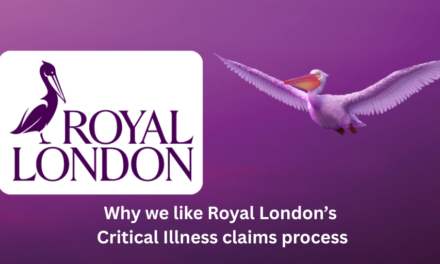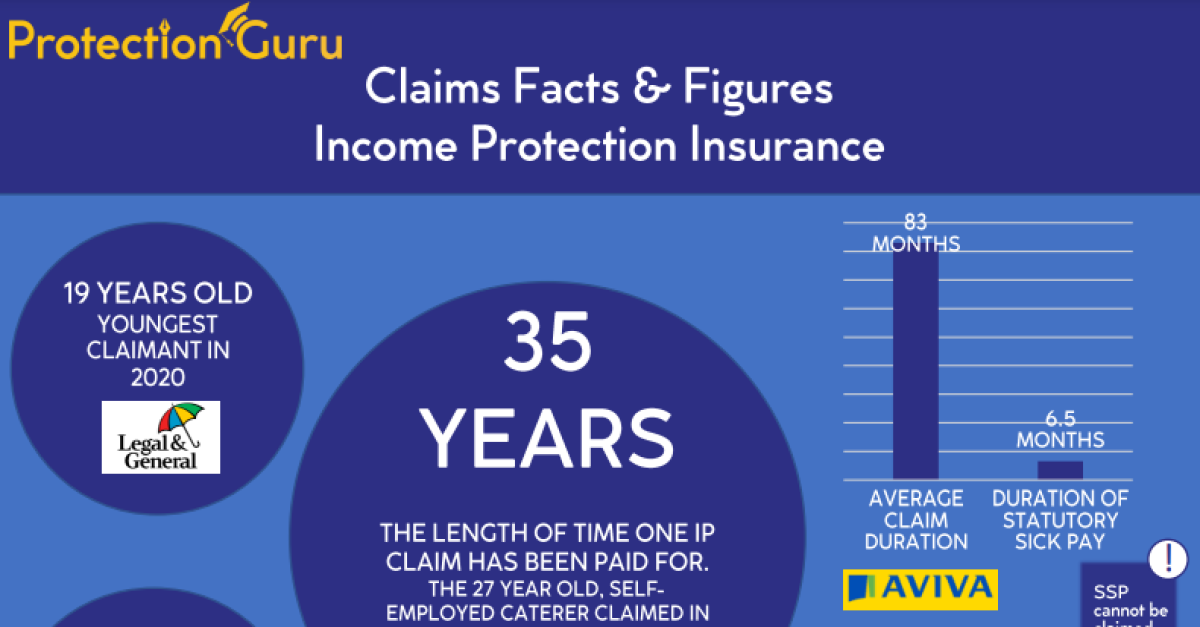
Family income benefit features – Everything you need to know

The world we live in has changed immeasurably over the last 12 months but if there is any positive to take away it is that the pandemic, and especially the furlough scheme, has opened many consumers eyes to the benefits of replacing income when the worst happen. It’s undoubtedly helped remove the oft cited objection that “it won’t happen to me”. In protecting against death, most peoples first thought is ‘Life Assurance’ and the lump sum that can be provided to secure a family’s future. But more often the bridesmaid than the bride, Family Income Benefit (FIB) is often a more cost effective way of protecting a client’s family in the event of their death or terminal illness by providing an ongoing income to help them meet their day to day expenditure. In our latest ‘Everything you need to know’ we take a deep dive into Family Income Benefit.
What medical evidence is needed to underwrite FIB?

It’s fairly well understood how traditional underwriting works and when medical evidence is needed, with actuaries and underwriters basing their medical limits on tables reflecting age and sum assured. But it may be less well known how insurers determine the evidence they need to underwrite Family Income Benefit where such table do not exist. So how are medical evidence requirements determined?
When can Family Income Benefit be increased without underwriting

The sum assured within a Family Income Benefit plan will be closely aligned to the income and expenditure of the life assured to ensure that should the worst happen the family has enough income to support them until a set date. Throughout a clients’ life there will be certain events that are likely to lead to a significant increase in either their expenditure or income, such as taking out a mortgage, marriage or having children, which should trigger a review of the level of cover. Events like this often mean cover can be increased without underwriting.
Is converting Family Income Benefit to a lump sum worth it?

We can all make an educated guess about what life has in store for us and work towards certain outcomes, but we never really know how things will pan out – for good or bad – until they happen. We all know that as clients go through life their needs change, and most FIB plans include the flexibility to convert the regular income to a lump sum. This may sound appealing in some circumstances but is it a good idea?
How do Family Income Benefit plans compare?

Protection Guru’s rating process provides each insurer with an overall rating for their family income benefit plans as well as a measurement on a number of key areas which make up their propositions. Based on the plan features advisers most select on our benchmarking systems advisers can access medals tables and insurer factsheets for all product types both of which registered advisers can download. The factsheets can be personalised to each client. Our latest ratings are available below;
Family Income Benefit life cover ratings
Family Income Benefit critical illness ratings
Simply click on the provider logo on each ratings table to view their factsheet which explains at a high level what they offer for each plan feature.
If you are not registered with Protection Guru you can do so here
Watch out for future “Everything you need to know” pieces where each week we will cover a different topic and provide you with the information you need to know to discuss the topics with your clients.

















